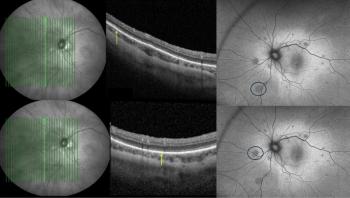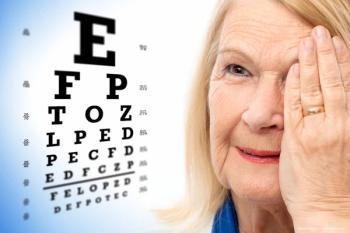
- Ophthalmology Times Europe April 2022
- Volume 18
- Issue 03
Dry eye pearls for young ophthalmologists
It is particularly important to identify any signs of meibomian gland disease in patients to prevent gland atrophy and loss of function.
“Think of dry eye in everything you do.” This advice was given to new ophthalmologists by Dr Sheri Rowen, the medical director of NVision Eye Centers in Newport Beach, California, United States.
Dry eye sounds simple but is actually a far-reaching, multifactorial disease of the ocular surface that causes loss of homeostasis of the tear film. According to the Tear Film and Ocular Surface Society Dry Eye Workshop II definition, this loss of homeostasis is accompanied by ocular symptoms in which tear film instability, hyperosmolarity, ocular surface inflammation and damage and neurosensory abnormalities all play aetiological roles.
Meibomian gland dysfunction
Dr Rowen stated that meibomian gland disease (MGD) is one of the major problems in dry eye disease. Normal glands are symmetrical and are even the same length. They are not dilated. In contrast, with progression of dry eye disease, the glands become truncated and dilated in moderate cases, with subsequent glandular atrophy (dropout) and extreme loss of function in severe cases.
Dr Rowen emphasised the importance of recognising MGD progression to ensure appropriate treatment. Youth and gender are not protective against MGD. Dr Rowen discussed severe cases of gland atrophy in patients in their 20s who presented with complaints of dry eye.
In a 22-year-old man, severe atrophy was already present; in a 26-year-old man who wanted to undergo LASIK surgery for contact lens intolerance, the meibomian glands were almost completely deteriorated.
Gland dropout can start early, often in patients as young as 8–16 years. “Ophthalmologists must be able to recognise this is happening to young patients of both genders to be able to provide appropriate treatment,” Dr Rowen said.
“If these patients are identified when they are young, or optometrists are educated to recognise these cases early [on], ophthalmologists will be able to help them early [on] to avoid the development of atrophy,” Dr Rowen concluded. “Ophthalmologists should always stain the ocular surface with fluorescein and lissamine stains, express the glands and use a questionnaire. This will ensure the identification of 97% of patients with dry eye.”
Sheri Rowen, MD
E: [email protected]
This article is adapted from Dr Rowen’s presentation at the virtual Real World Ophthalmology Autumn 2021 meeting. Dr Rowen is a consultant to Alcon and Johnson & Johnson.
Articles in this issue
over 3 years ago
Biometry 101: Capturing the accurate powerover 3 years ago
A portable solution for high definition slit-lamp imagingover 3 years ago
Addressing COVID-19-associated fungal eye disease in IndiaNewsletter
Get the essential updates shaping the future of pharma manufacturing and compliance—subscribe today to Pharmaceutical Technology and never miss a breakthrough.













































